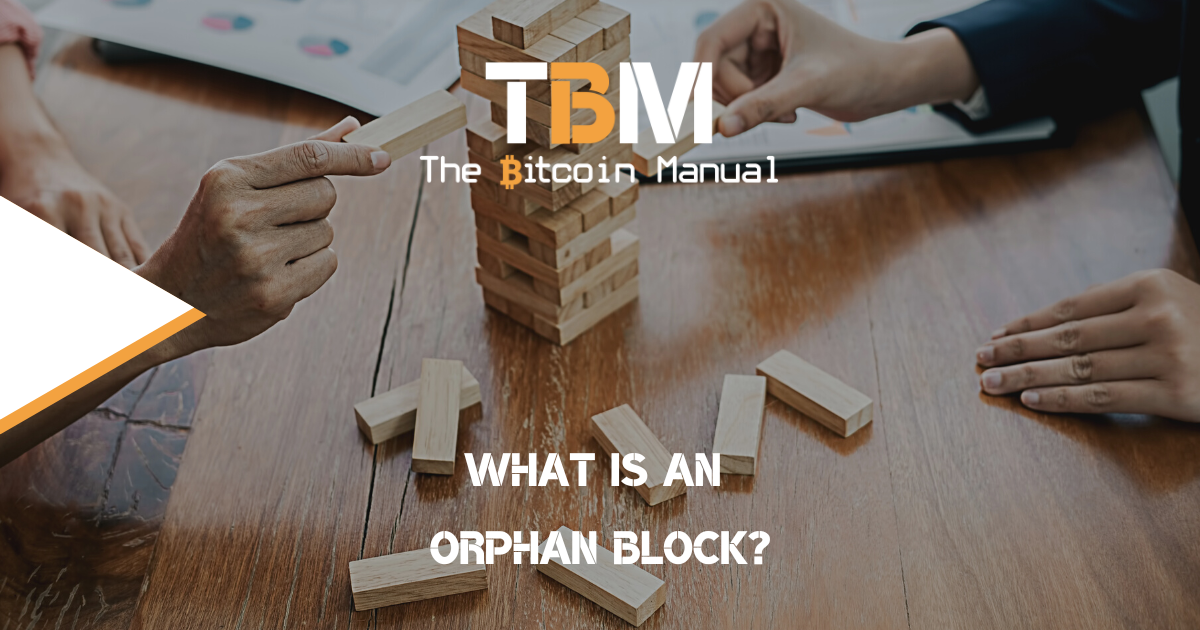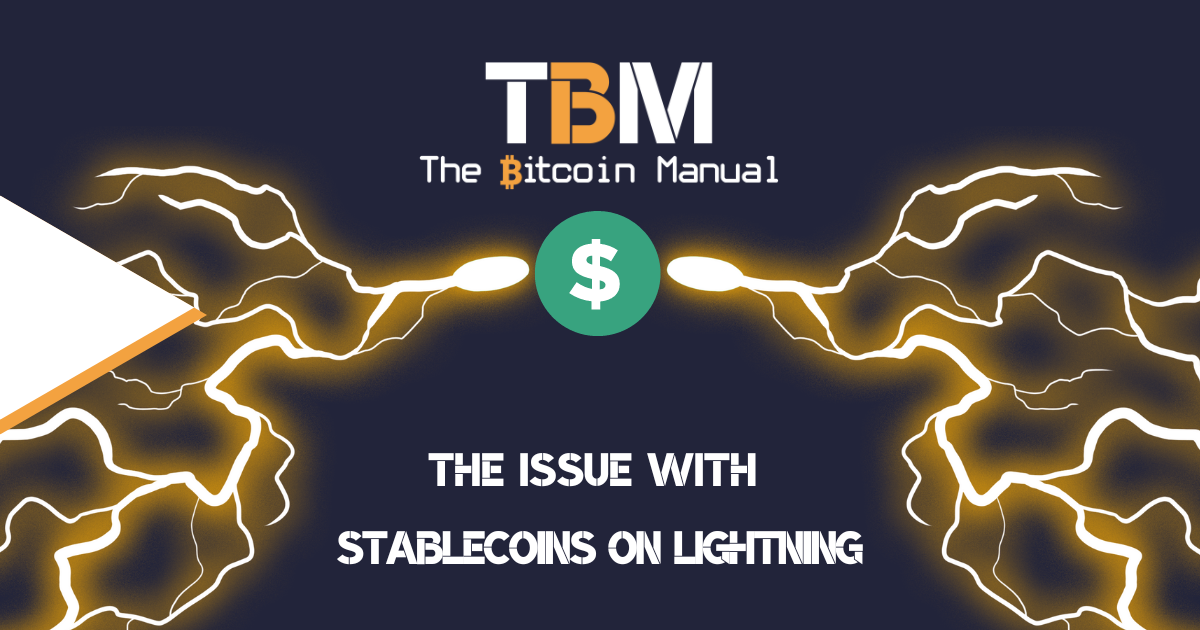The Bitcoin blockchain is a distributed ledger held on all full nodes running right now and all full nodes that will sync from the Genesis block to the current chain state. This ledger keeps records of all past Bitcoin transactions and is added to roughly every ten minutes when a new block is secured.
Anyone running a node can verify the data on the blockchain themselves, making it a public record that anyone can view, but it is nearly impossible to change or edit due to the amount of energy required to mine a block, making this ledger very secure and tamper-proof.
The Bitcoin blockchain works by grouping transactions into blocks. Each block is then verified by miners and added to the blockchain. Miners are rewarded with Bitcoin for verifying and adding blocks to the blockchain.
The Bitcoin blockchain, as it chugs along without issue, inspires confidence in the network and showcases to the world that its funds are SAFU (Secure Asset Fund for Users) 24/7.
To summarise, the Bitcoin Blockchain offers its users:
- Security: The Bitcoin blockchain is very secure and tamper-proof. This is because it is a distributed ledger, meaning that it is not stored in one central location. Instead, it is stored on a network of computers around the world.
- Transparency: The Bitcoin blockchain is completely transparent. Anyone can view all Bitcoin transactions. This makes it very difficult to commit fraud or launder money using Bitcoin.
- Immutability: Once a transaction is added to the Bitcoin blockchain, it cannot be reversed. This makes the Bitcoin blockchain a very reliable record of all Bitcoin transactions.
- Reliability: As long as the chain continues to add blocks, you can be assured that as long as you pay the market rate for block space, your transactions will be confirmed.
- Auditability: At any one time, you can review the chain state to ensure there are no double-spends or that the supply remains stable as per the current output of coins.
What is an orphaned bitcoin block?
Now, most of the time, when miners race to secure a block, they prepare it with transactions they wish to confirm, usually based on how much they can earn in transactions and then race against one another to secure a block. When one miner wins the race, a block is mined, that new block of transactions is added to the chain, it extends in size, and the cycle gets repeated once again.
An orphan block refers to a situation in the Bitcoin network where two blocks are added at similar times, causing a temporary split in the blockchain. This can happen when one block is sent to half of the network first while the other block reaches the other half first. Both blocks are considered valid, and nodes in the network keep both chains.
However, as miners continue to add blocks, they will choose to build upon one chain or the other. Eventually, one chain will become longer than the other, and all nodes in the network will adopt the longest chain, abandoning the shorter one. The abandoned chain, which consists of blocks that are no longer part of the main chain, is known as an orphaned chain.
Typically, an orphaned chain is only one block long, but there is no limit to the number of blocks that can be orphaned through a reorganisation or an extended period of uncertainty where two valid chains are of equal length.
Orphan blocks are a situation miners would like to avoid since they cause financial detriment to the miner whose block was orphaned because they do not receive the rewards associated with successfully mining a block despite expending the energy and computing power required to secure the block.
If orphan blocks are a regular occurrence, it could lead to miners becoming unnecessarily unprofitable as they waste resources on securing blocks that will be discarded, and as this impacts their ability to operate, miners might drop off the network and reduce the amount of hash rate available.
How do we reduce orphaned blocks?
To reduce the chances of orphaned blocks, it is crucial for the network to have fast block propagation, which involves sending blocks between nodes as quickly as possible. This is one reason why blocks in the Bitcoin network are limited in size or weight and a reason why increasing the block size isn’t a simple fix for improved throughput.
An orphan block is a block that becomes part of a shorter chain that is eventually abandoned by the network in favour of a longer chain. It represents a temporary split in the blockchain caused by the addition of two blocks at similar times.
How do orphaned Bitcoin blocks work?
When a miner mines a block, they broadcast it to the network. The network then verifies the block and adds it to the blockchain. If two miners mine the same block at the same time, the network will only accept one of the blocks.
The other block will become orphaned.
If a block is mined on a fork of the blockchain that is not eventually the longest chain, it will also become orphaned as it fails to have a parent block.
Why do orphaned bitcoin blocks occur?
Orphaned bitcoin blocks can occur for several reasons, such as:
- Two miners mining the same block simultaneously, with only one block being accepted by the network.
- A block being mined but not being propagated to the network in time. This can happen if the miner’s internet connection is slow or if there is a network problem.
- A block is mined on a blockchain fork that is not eventually the longest chain.
- This can happen if the miner is mining on an outdated version of the Bitcoin software.
- If a block is mined while the chain is attacked.
Despite the number of ways an orphaned block can be created, they are relatively rare. The Bitcoin network is designed to minimise the occurrence of orphaned blocks, while miners are always focusing on their operations to ensure as few faults as possible because it could be so costly.
Today, an orphaned block would cost you 6.25 BTC and some change, which is a sizable amount of money to throw away due to negligence in your operations.
What happens to orphaned bitcoin blocks?
Orphaned bitcoin blocks are simply discarded by the network. The transactions in the orphaned block are not included in the blockchain; the transactions in the orphaned blocks will then need to wait until they are picked up by a miner and added to blocks that do get mined.
Do your own research.
If you want to learn more about orphan blocks, use this article as a jumping-off point and don’t trust what we say as the final say. Take the time to research, check out their official resources below or review other articles and videos tackling the topic.
- River.com – Orphan Block
- [1]: https://bitcoin.stackexchange.com/questions/70706#70707
- https://bitcoin.stackexchange.com/questions/54314#54319
- https://bitcoin.stackexchange.com/questions/95301#95303
- https://bitcoin.stackexchange.com/questions/38614#38616
- https://bitcoin.stackexchange.com/questions/2979#30121




